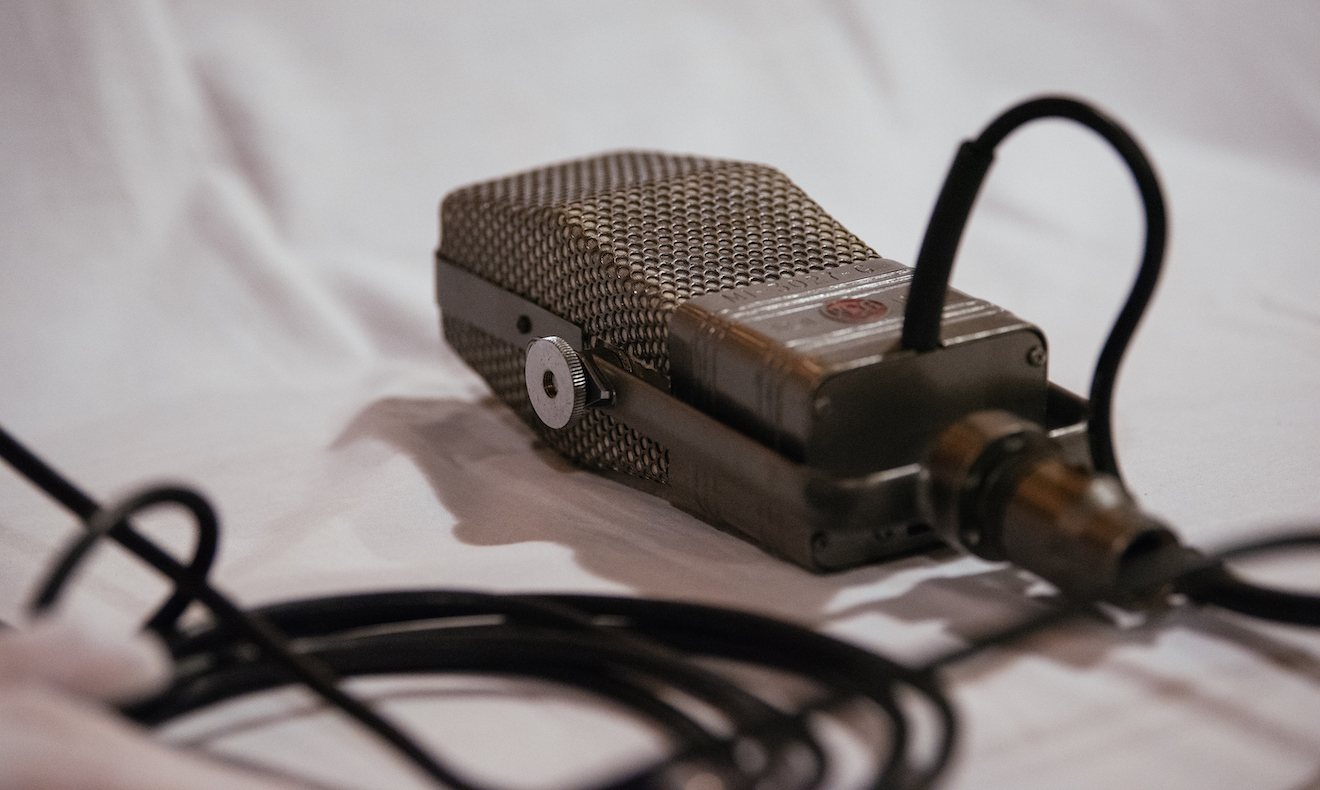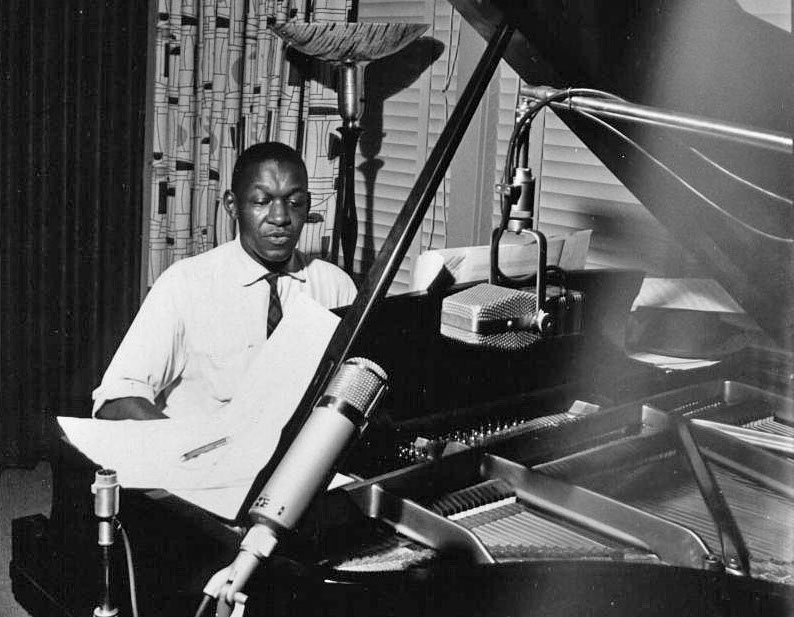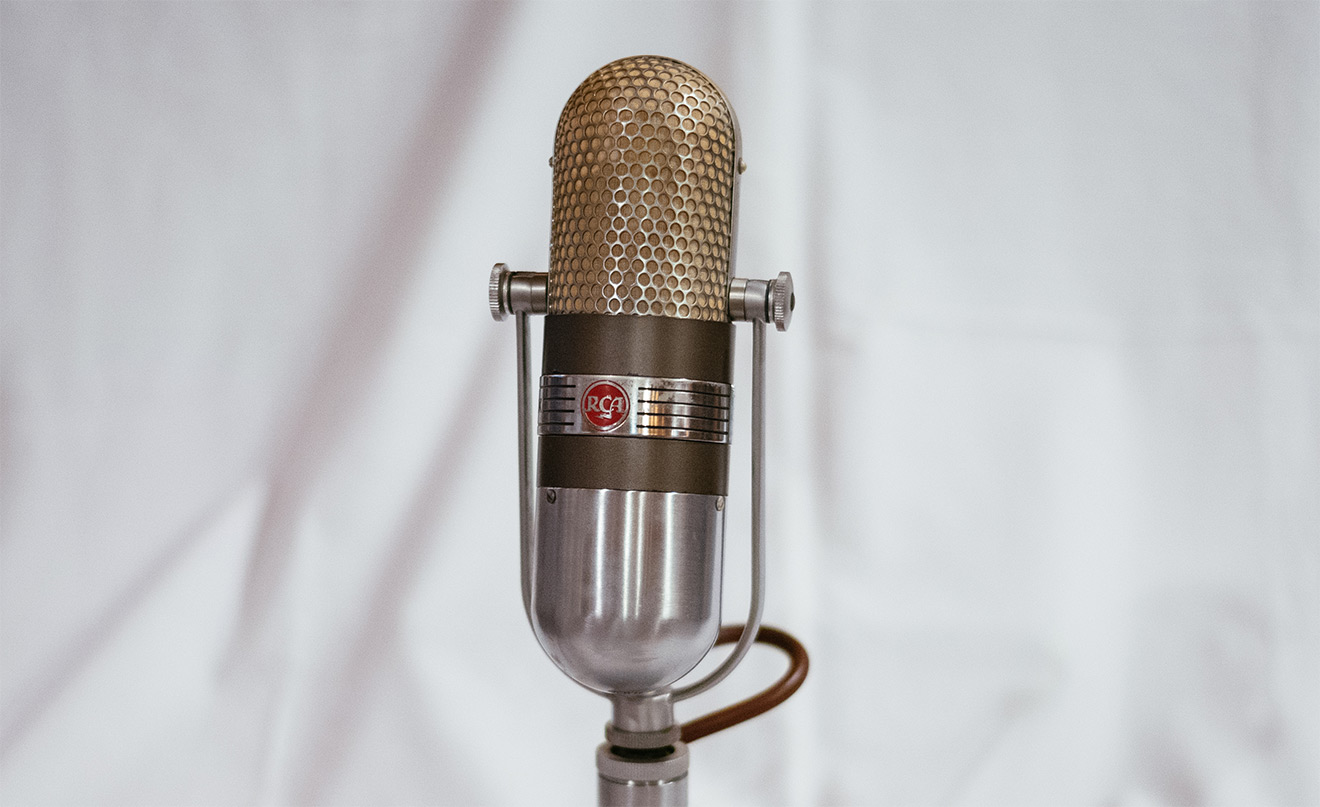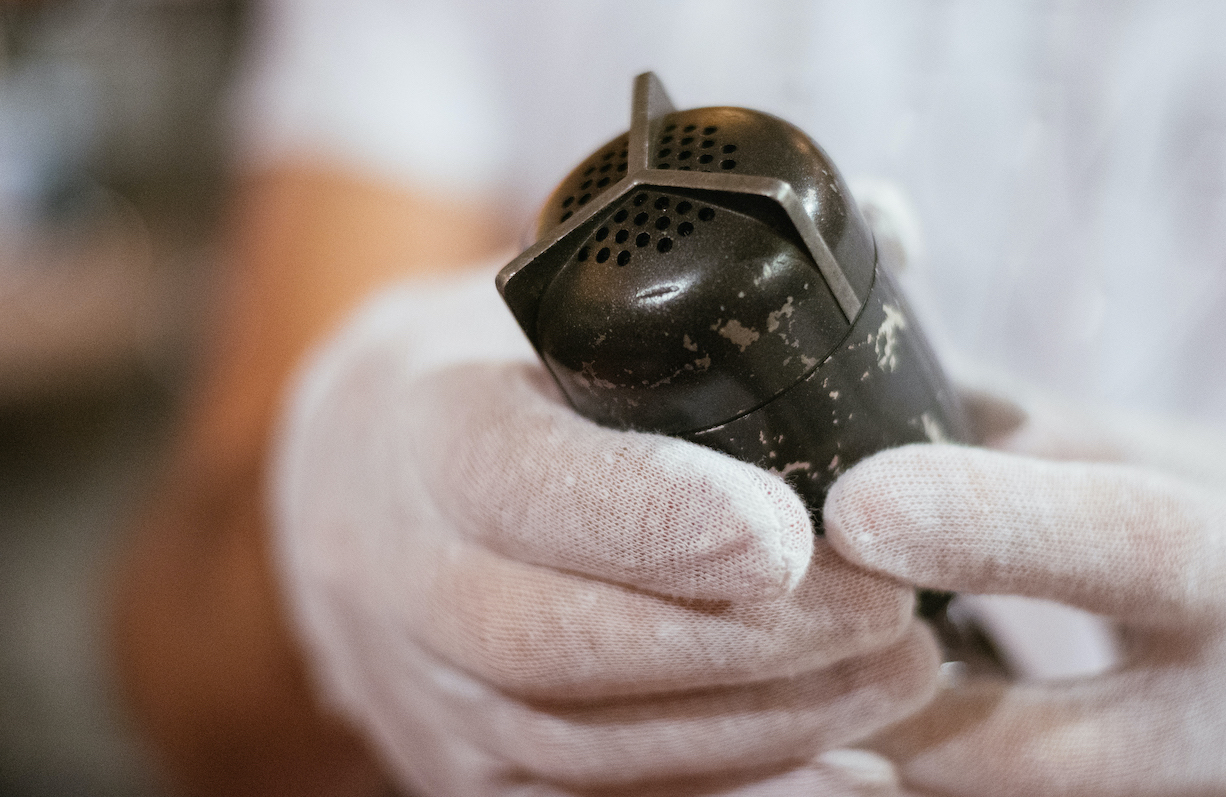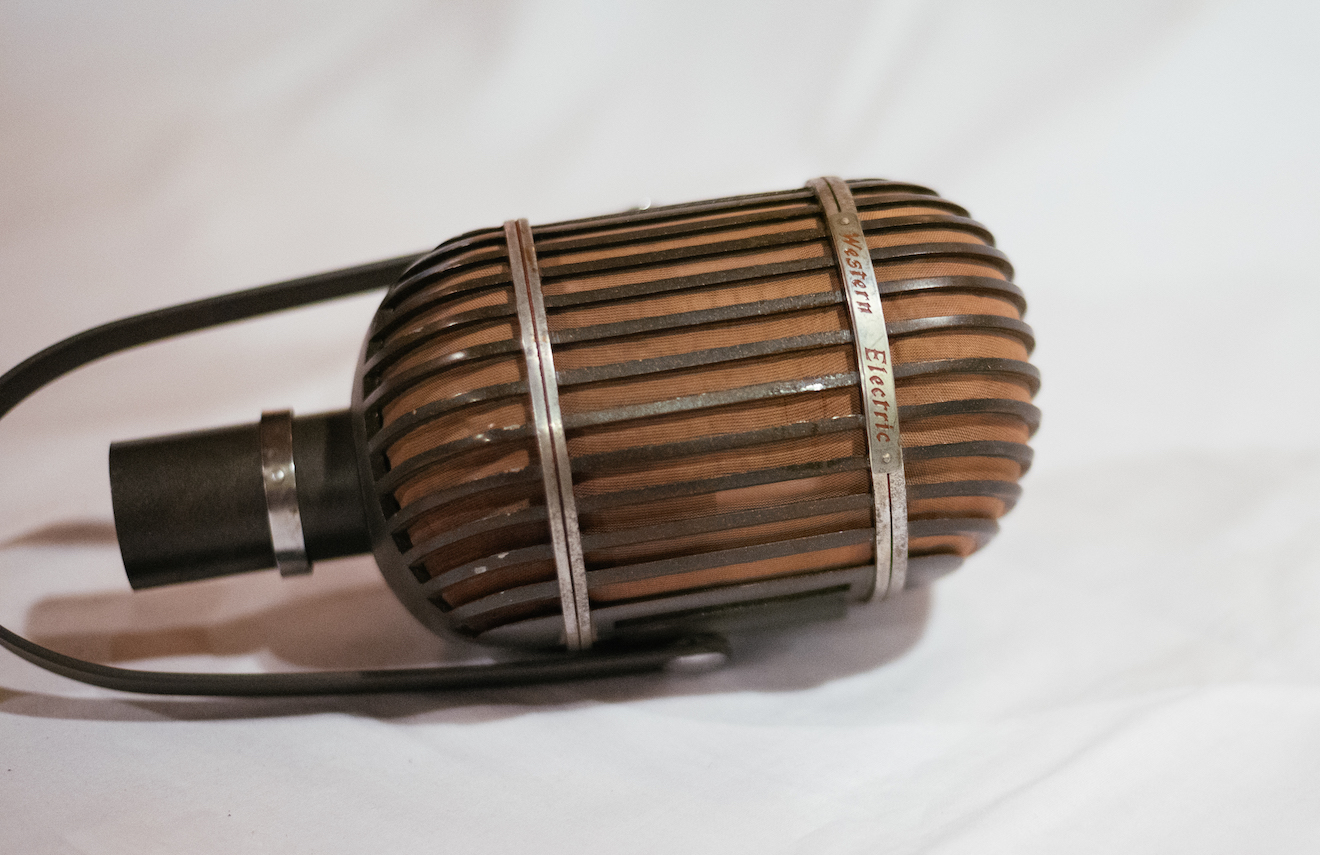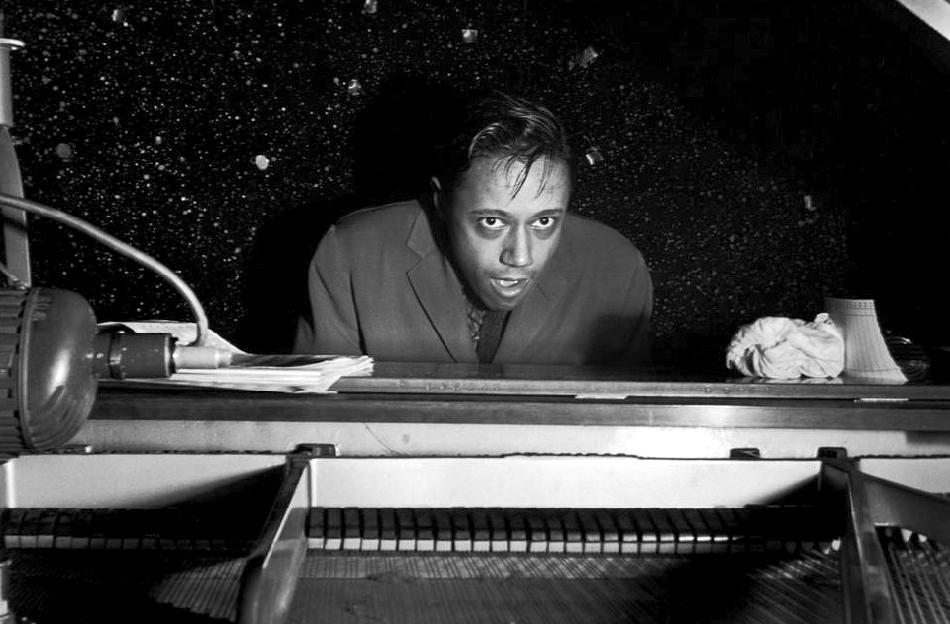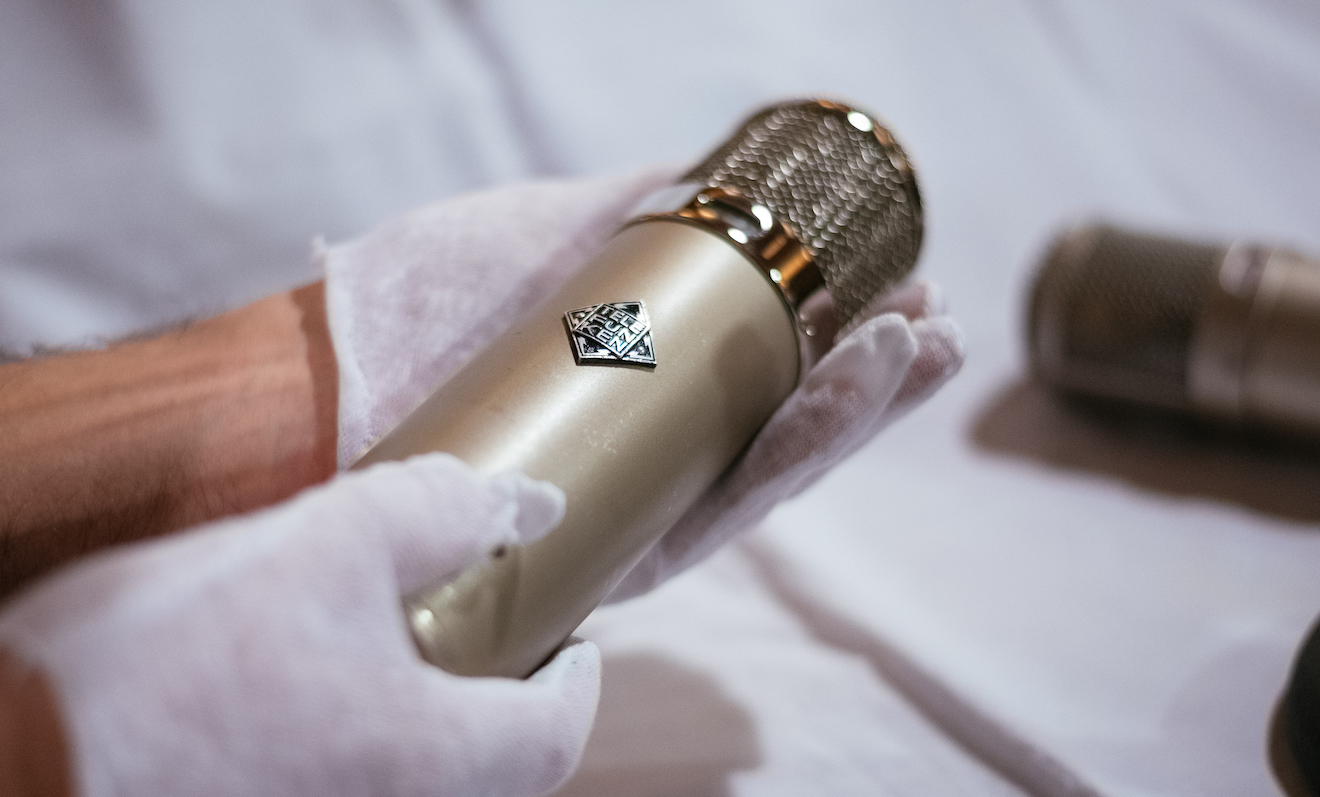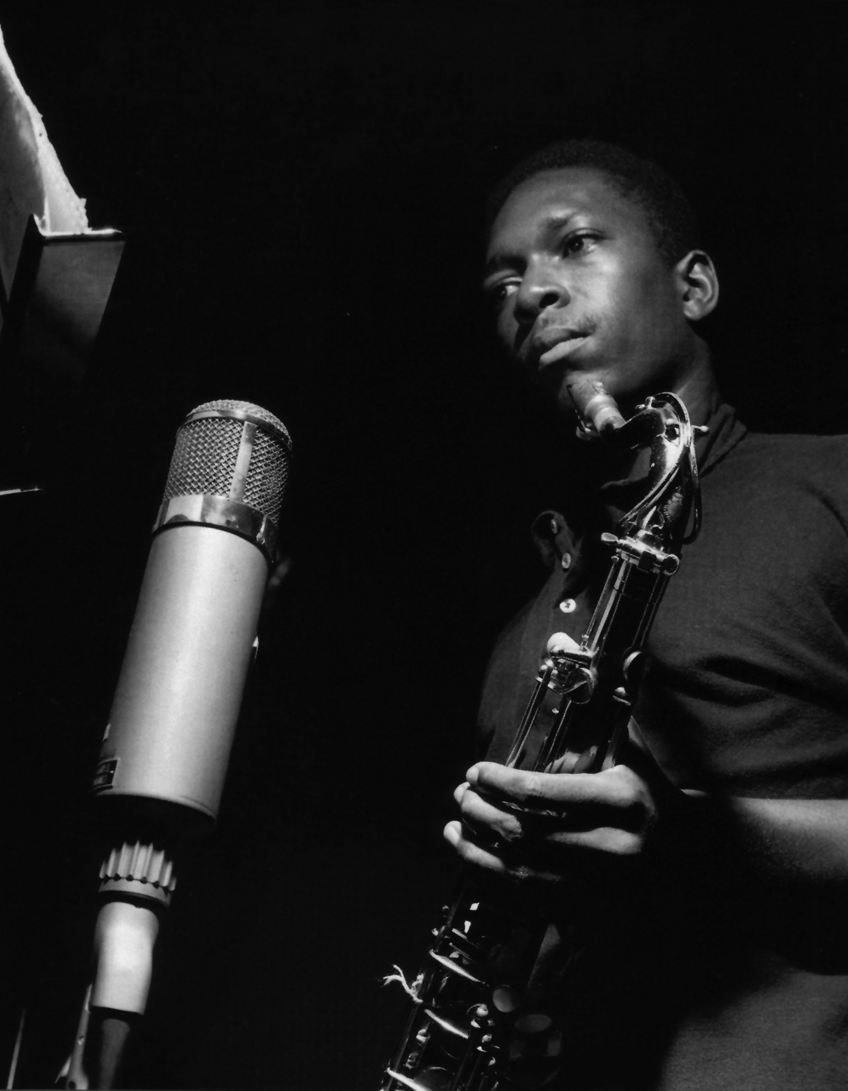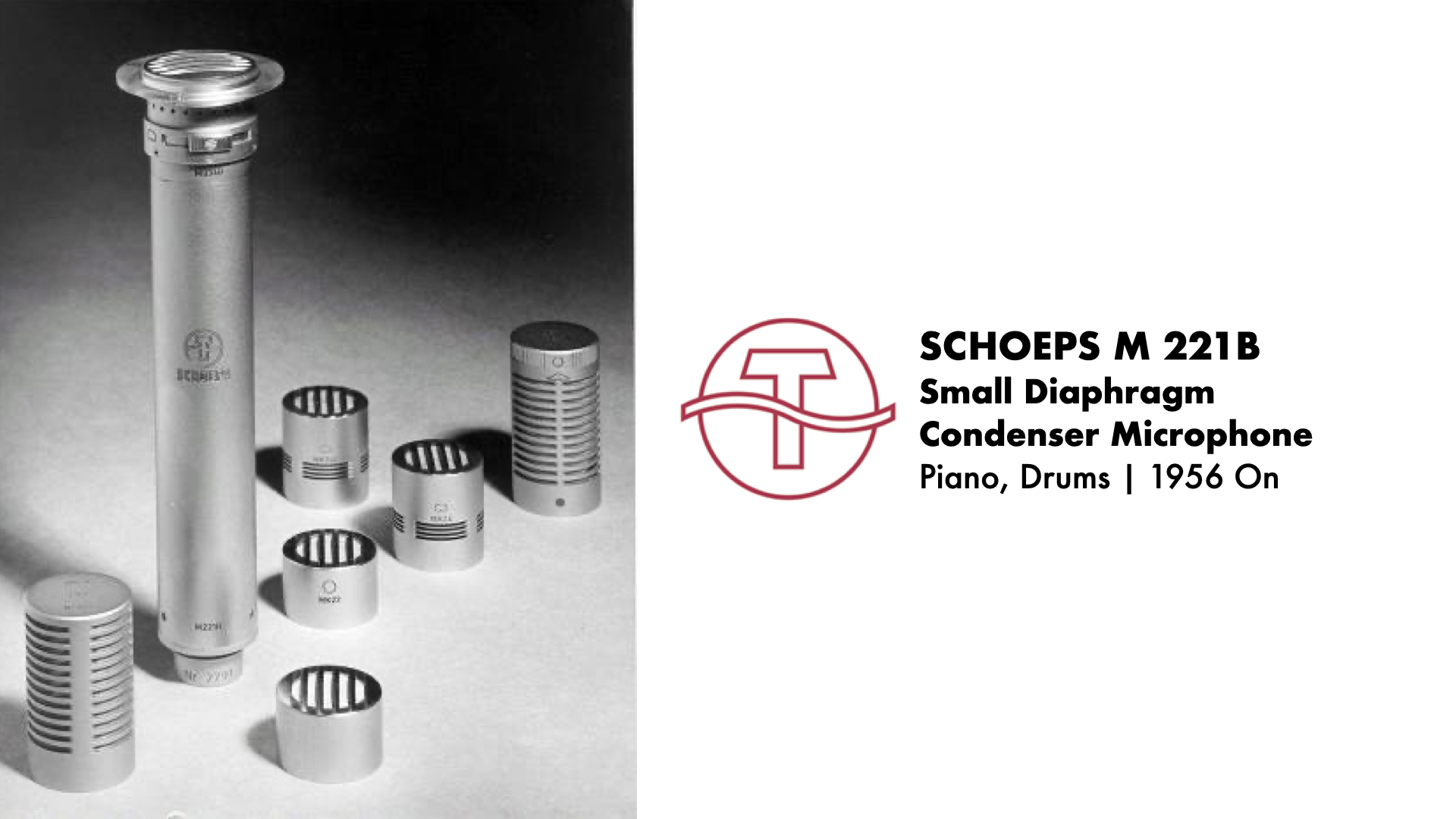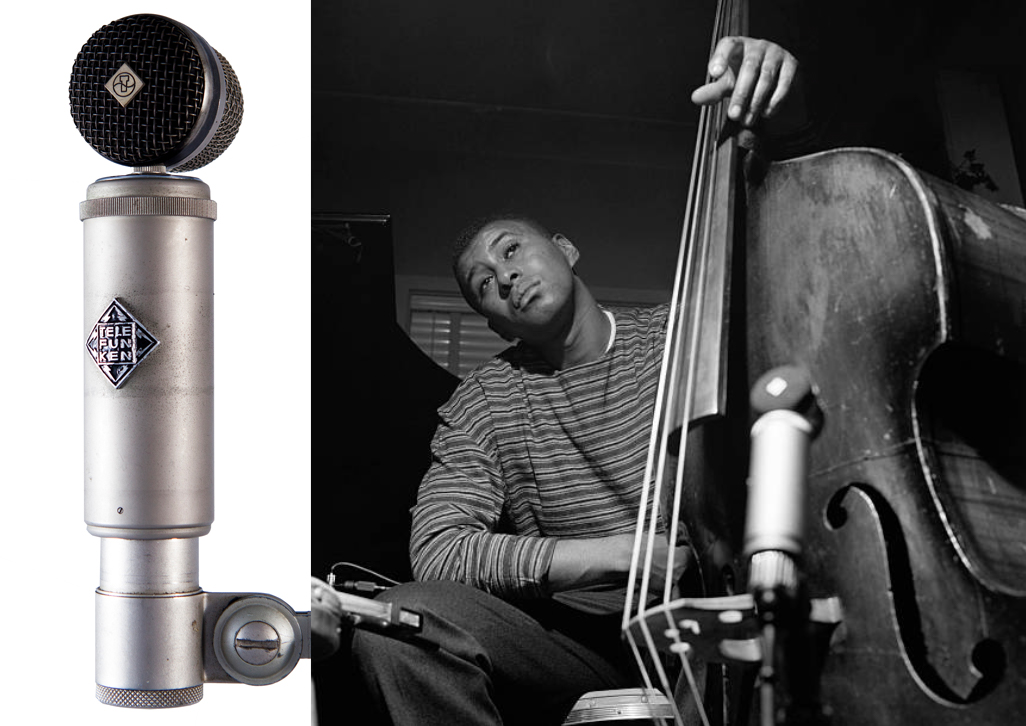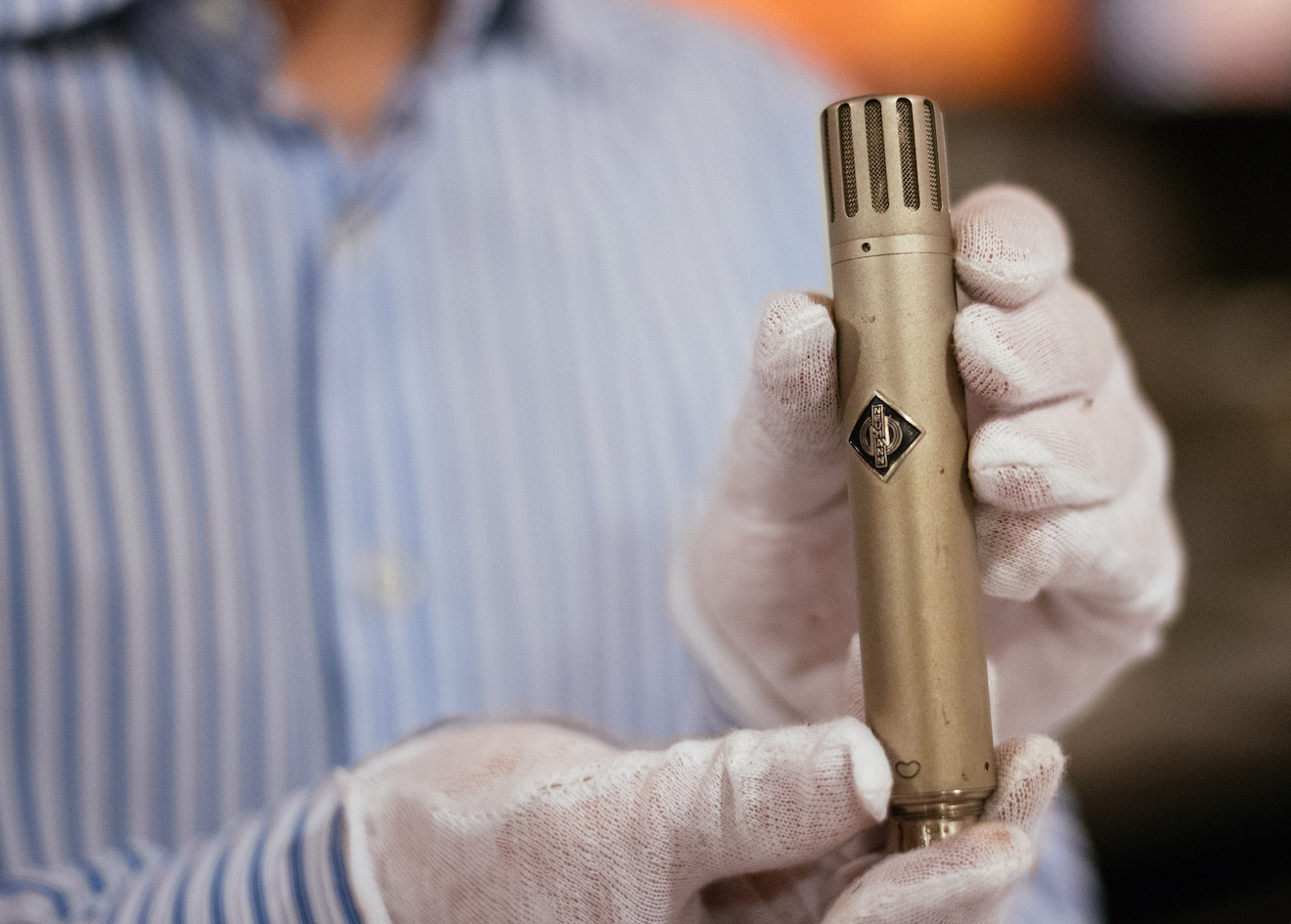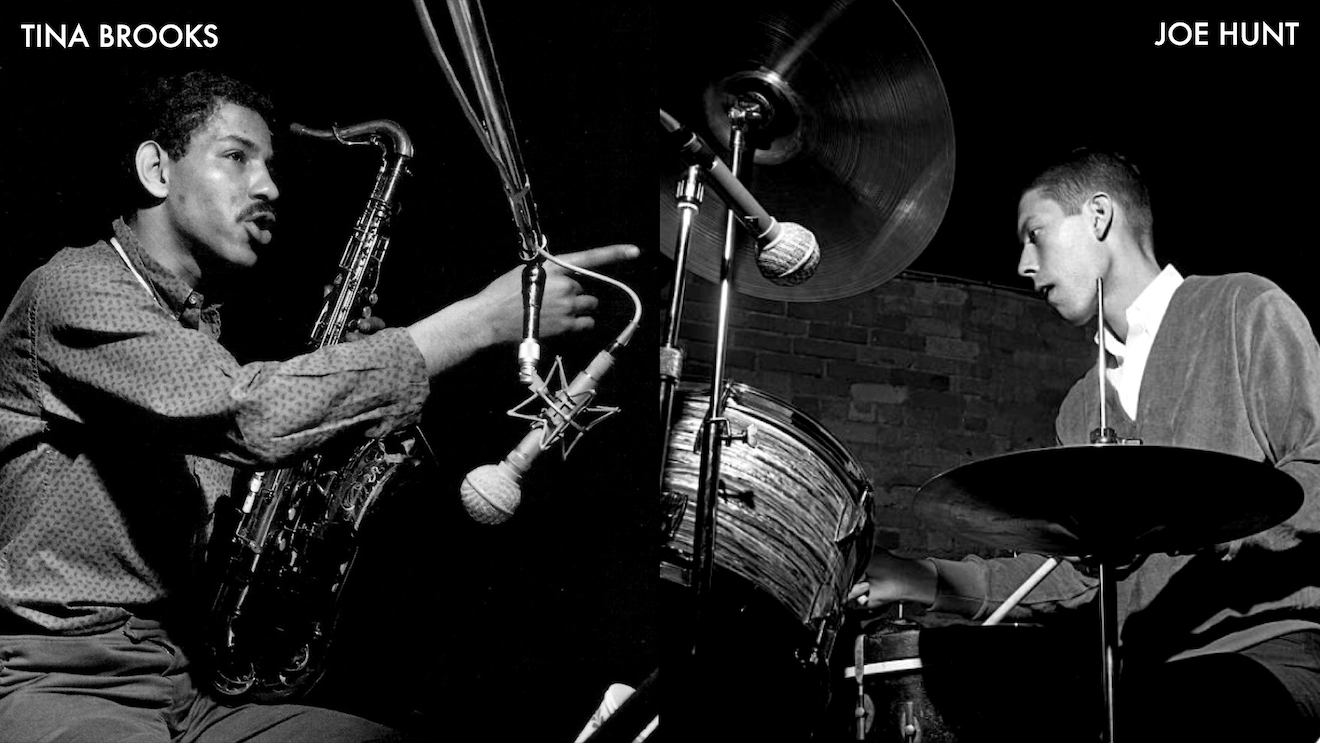| < Back | Tape Recorders | Mixing | Next > |
| Tape Recorders < Back |
Mixing Next > |
A Note About Secrecy
Before we start talking about microphones, we need to dispel the myth that Rudy Van Gelder would swap out the real microphones he used for stand-in “dummies” before photographs were taken during recording sessions. The rumor might stem from an interview he gave to Audio magazine in 1957, in which the engineer said, “Of course […] Telefunkens are likely to appear in a photograph of a date, but that reminds me of the story of the company which recorded with one make of microphone and then brought out another make for pictures” (Robertson, p. 56). Decades later, producer Michael Cuscuna, who knew Van Gelder personally, would explain the impractical nature of the myth:
Additionally, after visiting Van Gelder Studio and seeing his vintage mic locker, brochures, receipts, and equipment manuals firsthand, it’s clear that the engineer adored and used the very mics in all the studio photos we see on the internet today.
RCA 44-BX
Design: Ribbon
Pickup Pattern: Bidirectional
Frequency Response: 15-15,000 Hz ±0 db
Uses: Piano
Introduced: 1932 (44-B)
Appears: Until 1956
Design: Ribbon
Pickup Pattern: Cardioid, bidirectional, omnidirectional
Frequency Response: 30-20,000 Hz
Uses: Bass, drums
Introduced: 1945 (77-D)
Appears: Until 1956
Design: Dynamic
Pickup Pattern: Cardioid, omnidirectional (cardioid with baffle attachment)
Frequency Response: 30-15,000 Hz
Uses: Drums
Introduced: 1936-7
Appears: Until 1956
Design: Ribbon-dynamic hybrid
Pickup Pattern: Cardioid (four settings with 639B), bidirectional, omnidirectional
Frequency Response: 30-12,000 Hz
Uses: Piano
Introduced: 1938
Appears: Until 1955
Neumann/Telefunken U47*
Design: Large diaphragm condenser
Pickup Pattern: Cardioid, omnidirectional
Frequency Response: 30-15,000 Hz
Uses: Horns, piano, vocals
Introduced: 1948
Appears: 1952-1961
*Van Gelder used one U47 until around 1957, then utilized two until around 1961
Design: Small diaphragm condenser
Pickup Pattern: Cardioid, bidirectional, omnidirectional (interchangeable capsules)
Uses: Piano, drums
Introduced: 1954
Appears: 1956 on
Design: Small diaphragm condenser
Pickup Pattern: Cardioid, omnidirectional (interchangeable capsules)
Frequency Response: 40-15,000 Hz ±2 db
Uses: Bass
Introduced: 1953
Appears: 1957-1960
Design: Small diaphragm condenser
Pickup Pattern: Cardioid
Frequency Response: 30-15,000 Hz
Accessories: Z29 attenuator
Uses: All instruments
Introduced: 1954
Appears: 1960 on
**There is evidence of Van Gelder having eight KM-54a’s at one time in the 1960s!
| < Back | Tape Recorders | Mixing | Next > |
| Tape Recorders < Back |
Mixing Next > |
